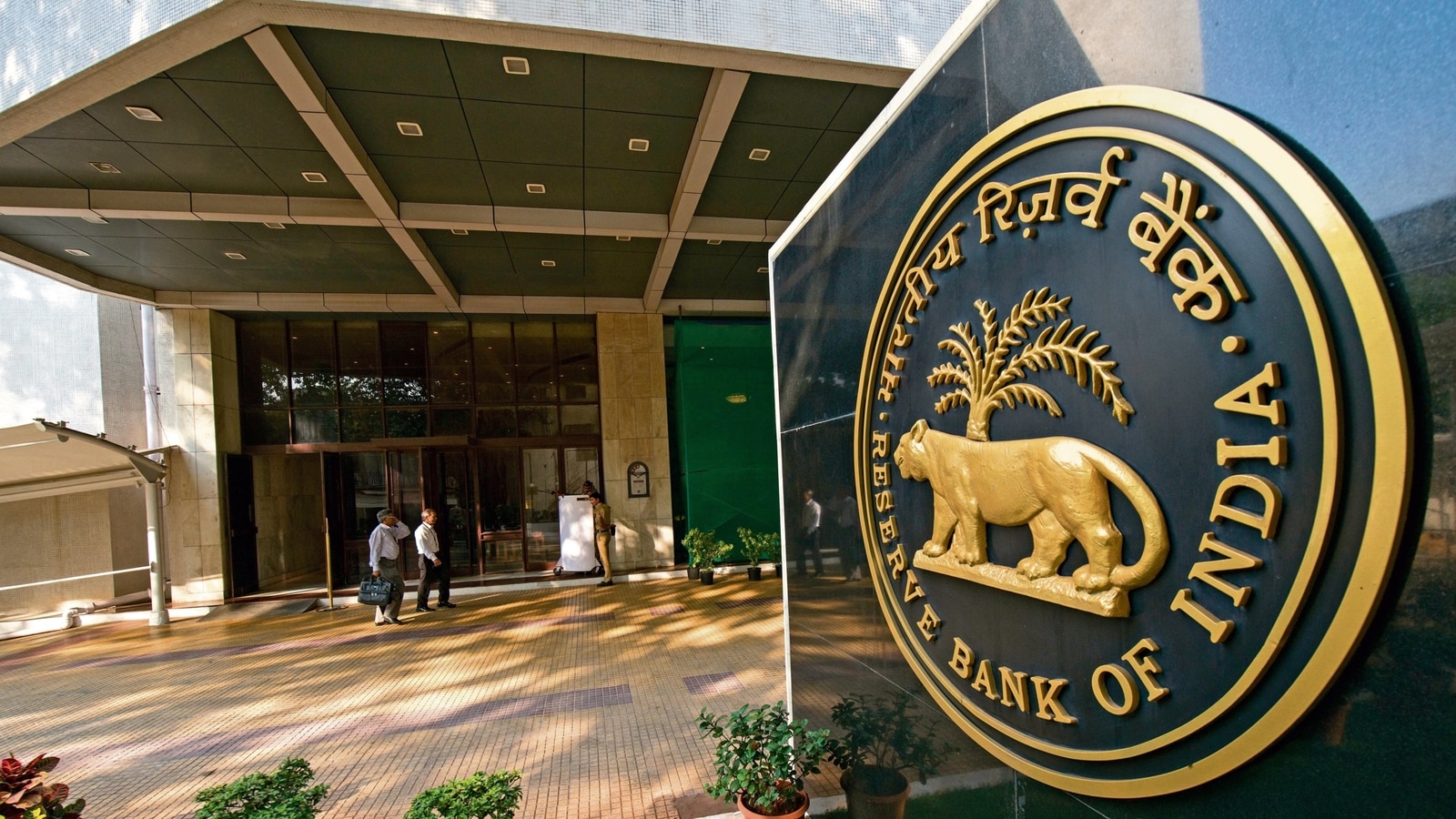New Delhi: In order to support India’s digital economy, improve the efficiency of payment systems, and prevent money laundering, the Reserve Bank announced on Friday that the test launch of e-rupee will shortly begin.
The RBI stated in a concept note on Central Bank Digital Currency that CBDC is intended to supplement current forms of money rather than replace them. It is also intended to give users another payment option rather than take the place of the present payment systems.
“Supported by state-of-the-art payment systems of India that are affordable, accessible, convenient, efficient, safe and secure, the Digital Rupee (e?) system will further bolster India’s digital economy, make the monetary and payment systems more efficient and contribute to furthering financial inclusion,” the paper said.
Also Read: Gold becomes cheaper before Karva Chauth; now buy 10gm for Rs 30283
CBDC is a central bank-issued digital version of currency notes. The majority of central banks worldwide are investigating the issuance of CBDC, although the main drivers behind it depend on the particular needs of each nation.
In the Union Budget presented to Parliament on February 1, 2022, the Government of India announced the introduction of the Digital Rupee, a Central Bank Digital Currency (CBDC), beginning with the fiscal year 2022–23.
The central bank said: “The Reserve Bank will soon commence pilot launches of e? for specific use cases. As the extent and scope of such pilot launches expand, RBI will continue to communicate about the specific features and benefits of e-rupee, from time to time.” CBDC can be classified into two broad types — general purpose or retail (CBDC-R) and wholesale (CBDC-W). Retail CBDC would be potentially available for use by all and while wholesale CBDC is designed for restricted access to select financial institutions.
“For CBDC to play the role as a medium of exchange, it needs to incorporate all the features that physical currency represents including anonymity, universality, and finality,” the note said.
Also Read: India won’t compromise FTA deal with UK just to meet deadline, says Piyush Goyal
According to the report, more than 60 central banks have expressed interest in CBDC globally. A few implementations in the retail and wholesale sectors are currently undergoing testing, and many more are developing, testing, and/or launching their own CBDC frameworks.
The concept note outlines the history, inspiration, design characteristics selected, and other policy frameworks for the nation’s e-rupee system.
According to the statement, the goal is to create an open, inclusive, interoperable, and innovative CBDC system that will support India’s modern digital economy.
The study also pointed out that the prospective effect on monetary policy from the adoption of CBDCs is still unclear and is completely hypothetical given that there are currently only a small number of CBDCs because so few countries have adopted them.
After factoring in the concerns related to anonymity, appropriate analytics of Big Data generated from CBDC can assist in evidence-based policymaking.
Also Read: Gautam Adani to invest Rs 65,000 cr in Rajasthan
“It may also become a rich data source for service providers for financial product insights. Further, the data would be highly useful for enforcing money laundering regulations,” it said.
The RBI stated that the goal of the concept note’s release was to raise public knowledge of CBDCs in general and the proposed features of the digital rupee in particular.
The memo explains the Reserve Bank’s strategy for introducing the digital rupee.
The Reserve Bank stated that its strategy is guided by two fundamental considerations: to produce a digital rupee that is as similar to paper money as possible; and to manage the introduction of the digital rupee in a seamless manner.
Read More :- Latest Business News










